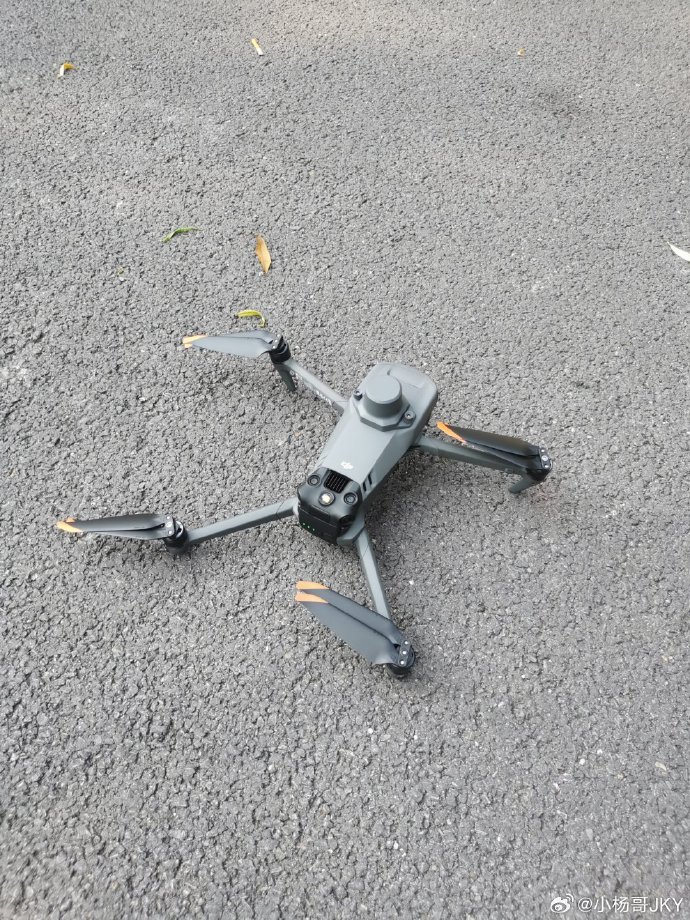Understanding the Phenomenon of Drones Spotted in Unusual Locations
In recent years, the advancement of drone technology has made these devices more accessible, leading to an uptick in sightings of drones in unexpected places. This phenomenon has piqued public interest and raised important questions regarding security, privacy, and the future of drone usage. Today, we delve into the intricate details of why drones spotted in strange locations has become a hot topic in contemporary discourse.
The Technological Surge
The rise in affordability and ease of use of drones has empowered both hobbyists and professionals. This wider accessibility means drones are deployed not only for recreational uses but also for professional purposes like surveying, photography, and delivery services. Consequently, the increase in drone sightings in non-traditional areas is unsurprising yet noteworthy. The critical question remains: what destinations are these drones frequenting that spark public curiosity and concern?
Uncommon Places Where Drones Are Seen
Urban landscapes have seen flying devices hovering above skyscrapers and amidst bustling city life. Sometimes, drones are employed for construction site monitoring or urban wildlife research, yet their presence remains unsettling for those not accustomed to them. Rural areas, too, have reported drones gliding over farmland or nature reserves, often utilized for crop monitoring or tracking animal migration patterns. The ability of drones to navigate and collect data from these areas is revolutionizing various industries but also flags potential nuisance or interference with the natural landscape.
Privacy and Security Concerns

With these drones spotted in unconventional locations, concerns about privacy infringement and security breaches have arisen. Unauthorized drone operations could lead to potential data breaches or unlawful surveillance, compelling governments to consider stricter regulations and policies surrounding drone usage. The question of how individuals and organizations can protect themselves from unauthorized drone intrusion is more pertinent than ever.
The Role of Regulations
Globally, authorities are wrestling with crafting appropriate policies to manage the increasing presence of drones. These policies aim to balance technological innovation with individual rights to privacy and safety. In some regions, registration and pilot licensing are already required, while others are considering no-fly zones where the presence of drones is entirely prohibited.
Technological Innovations to Address Concerns
Innovations such as geofencing technology that designates restricted areas for drones or advanced surveillance systems are evolving to assist in tracking and regulating drone activity. Furthermore, public awareness campaigns are essential in educating the populace about safe and legal drone usage, reducing potential conflicts and negative interactions.
“As we embrace the endless possibilities that drones offer, we must also be vigilant in establishing frameworks that protect both operators and the public.”
Case Studies: Drones in Action
A glimpse into specific instances where drones have made a splash in unexpected locations reveals a diverse tapestry of usage. For instance, drones have been spotted aiding environmental researchers in the Amazonian rainforest by collecting data from inaccessible areas. In cities like Paris, drones are used to manage crowd control during large events, showcasing their versatility.
FAQs About Drones in Unusual Places
- Why are drones appearing in unusual locations?
- Drones are increasingly used for a variety of purposes such as surveying, delivery, and environmental monitoring, leading to their presence in diverse locations.
- How can privacy be maintained with these drones?
- Regulations requiring registration and pilot certification, coupled with technological advances like geofencing, help mitigate privacy concerns.
- What future trends can be expected with drone technology?
- The integration of artificial intelligence and autonomous capabilities in drones will likely expand their applications, making constant updating of legal frameworks necessary.
These questions and their respective answers highlight the complexities associated with the new horizon of drone technology. As the landscape continues to evolve, understanding and adapting to these changes is vital for harnessing the full potential of this innovation while addressing pertinent challenges.